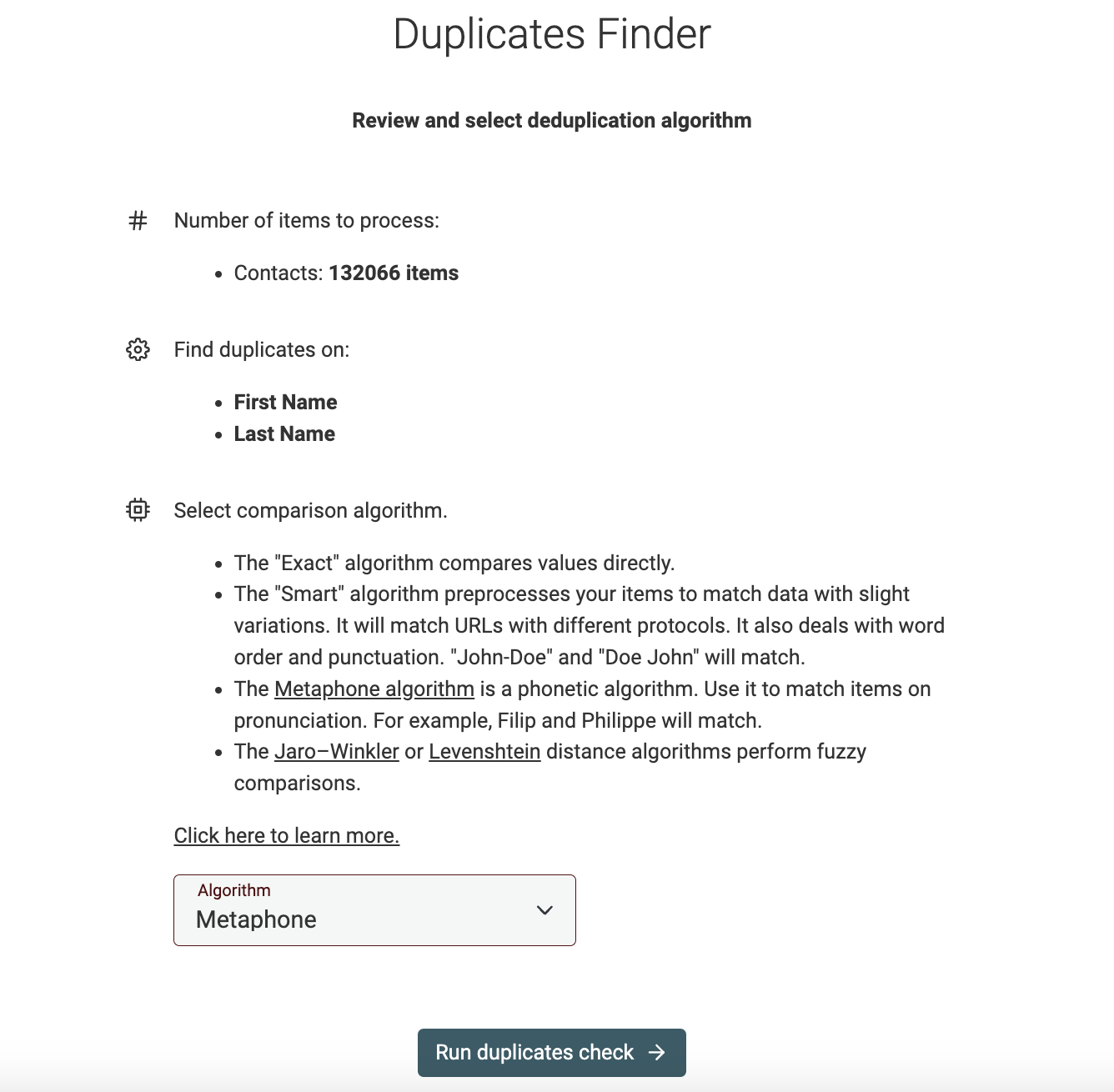The Double Metaphone algorithm is a phonetic algorithm that is used to convert words into a phonetic code. The code can then be used to compare words and names that sound similar, even if they are spelled differently. The Double Metaphone algorithm is an improvement over the original Metaphone algorithm and was created by Lawrence Philips in 2000.
How does the Double Metaphone algorithm work?
The Double Metaphone algorithm works by first removing all non-alphabetic characters from the word. Next, all vowels are removed, unless the word begins with a vowel. The remaining consonants are then processed according to a set of rules. These rules take into account the pronunciation of English consonants, as well as the way that consonants are often combined in English words.
The Double Metaphone algorithm generates two phonetic codes for each word. The first code is called the primary code and is used for most comparisons. The second code is called the secondary code and is used for comparisons where the primary code is not unique.
For example, the word "Smith" would be converted to the primary code "SMT" and the secondary code "XMT" by the Double Metaphone algorithm. This is because the "th" sound can be pronounced as either "S" or "X" in English, so both codes are generated.
What are the benefits of using the Double Metaphone algorithm?
The Double Metaphone algorithm has a number of benefits:
-
Language Agnostic: The Double Metaphone Algorithm works well with a multitude of languages, making it suitable for applications requiring cross-lingual compatibility.
-
Accurate Phonetic Encoding: It generates phonetic encodings that reflect the way words are spoken, enhancing the accuracy of searches and matches in databases and applications. The Double Metaphone algorithm is more accurate than Soundex and Metaphone at matching words that sound similar. This is because the Double Metaphone algorithm takes into account more of the pronunciation of English consonants.
-
Variation Handling: By providing primary and secondary codes, the algorithm accommodates the various ways a word might be pronounced, increasing the chances of capturing relevant results.
-
Improved Spell Correction: The Double Metaphone Algorithm aids in spell correction by identifying words that sound similar but are spelled differently.
-
Speed: The Double Metaphone algorithm is relatively fast, making it suitable for use in applications where speed is important.
What are the limitations of the Double Metaphone algorithm?
While powerful, the Double Metaphone Algorithm might not be perfectly accurate in all cases, especially for very short words or words borrowed from foreign languages that retain their original pronunciation.
How to use Double Metaphone algorithm to find duplicate records?
The Double Metaphone algorithm is suited for data deduplication. This algorithm can be used to generate a code for each word in names, addresses, or any text fields. Then, the codes are compared to find duplicate records.
Datablist is a free data editor with powerful data-cleaning features. Datablist Duplicates Finder implements the Double Metaphone to detect duplicate records across your datasets.
